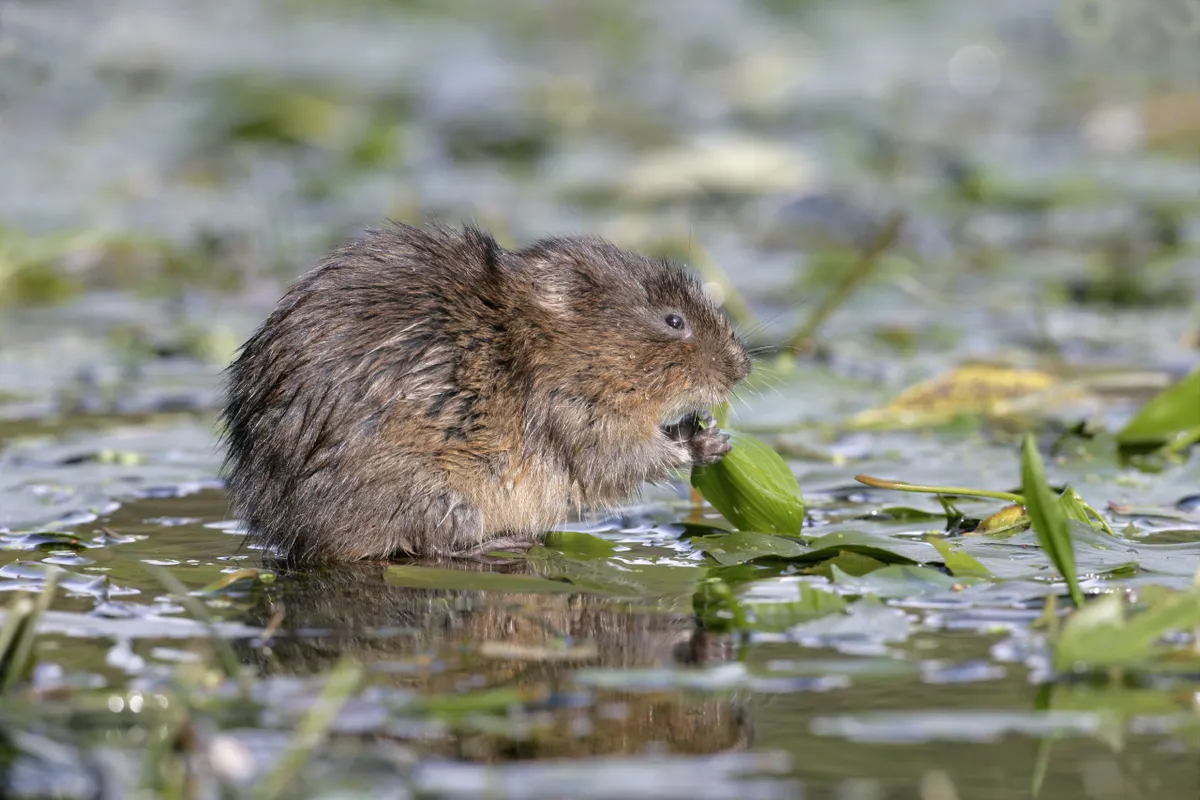Conservationists in East Anglia have begun a process they hope will result in the complete eradication of American mink from a large swathe of Eastern England.
Mink – a non-native species established in the UK in the 1950s and 60s – are blamed for the massive declines in water voles. They are deadly to water voles because they are aquatic, but – unlike otters – small enough to get into their riverside burrows.
According to the Non-native Species Secretariat, significant population declines of ground-nesting birds have also resulted from mink predation.
Simon Baker, chair of the Norfolk Mink Project, and one of the principal movers behind the new programme – tentatively called Mink-Free East Anglia – says they still need to define the area in which they would operate, though they’re considering trying to cull in all the rivers that drain East Anglia into the North Sea.
That would include Essex, Norfolk and Suffolk, as well as parts of Cambridgeshire, Hertfordshire and Lincolnshire.

“Once we’ve defined the area, we need to work out if we can get funding – we think it would require a few million pounds to do the job properly,” Baker says. “And then if we can do the East of England, we could roll it out across the whole country and we would know what it would cost.”
Though much of the work can be done by volunteers, they need to be trained; professional, paid co-ordinators are necessary, too. Traditionally, mink are controlled by the use of rafts placed at regular intervals along rivers.
Naturally curious animals, mink visit the rafts and leave footprints in claypits, and this tells monitors whether to deploy live traps. Any mink caught in a trap is killed with a shot to the head.
But new technology that allows cullers to go straight to live trapping is making the process more efficient. In addition, there has always been concern about clearing up the last few animals, but the use of environmental DNA (eDNA), which can confirm the presence or absence of mink in a waterway, makes this less of a concern.
Main image: American mink. © Roland Hemmi/Getty

